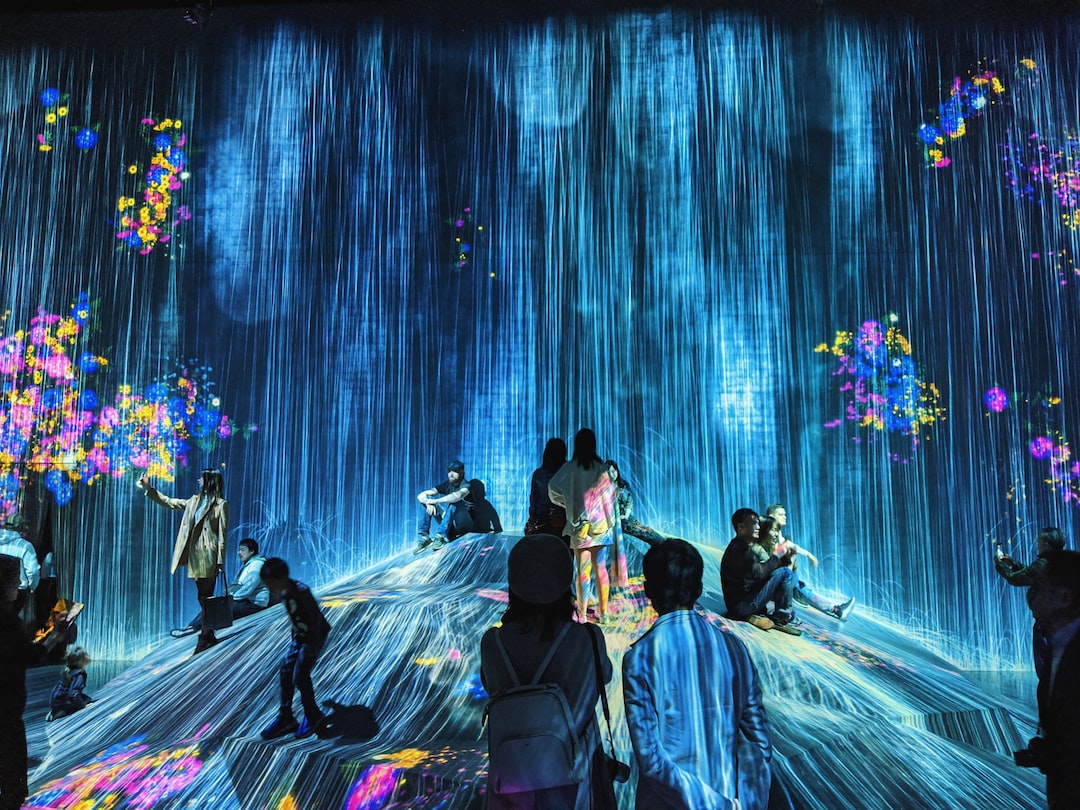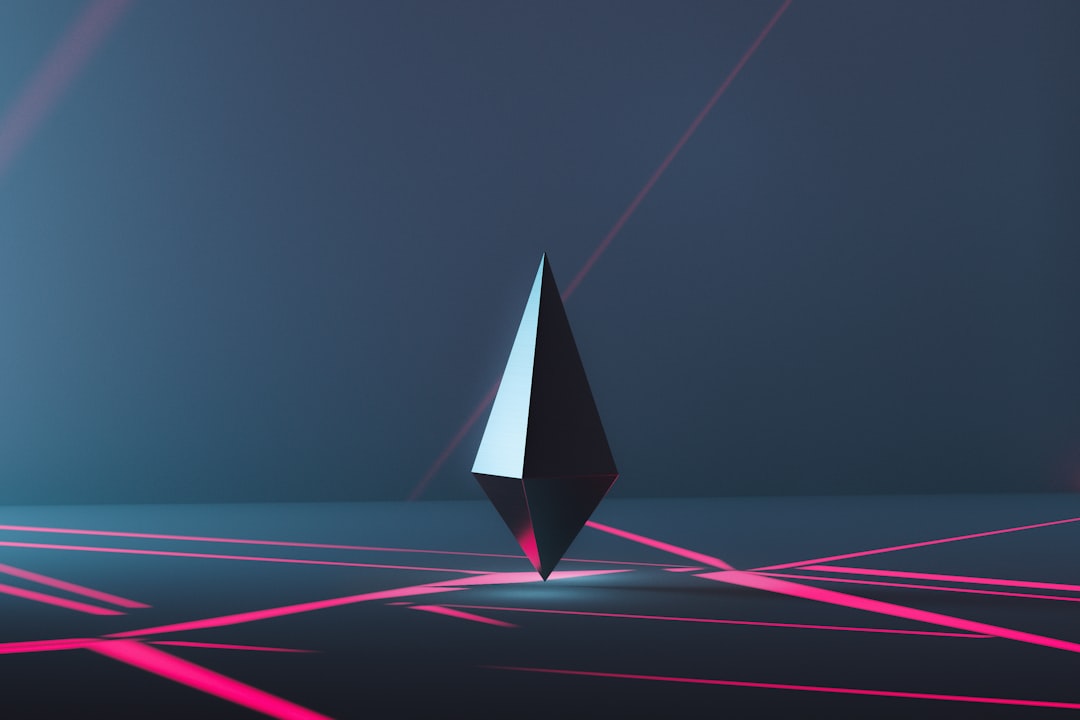The world of art and collectibles has grown exponentially in recent years with the advent of NFTs or Non-Fungible Tokens. NFTs have taken the creative industry by storm, revolutionizing the way we buy and sell art, music, and other digital assets. In the past, traditional art collectors would buy and sell physical pieces of art, but now with NFTs, artists can sell their digital creations as unique, one-of-a-kind assets that cannot be replicated or duplicated.
The concept of NFTs is still relatively new, but it has already made a significant impact on the creative industry. As more artists and collectors embrace NFTs, the market for digital art and collectibles continues to grow. NFTs have opened up new opportunities for artists to showcase their work and monetize their creations in ways that were not possible before.
But what exactly are NFTs, and why have they become so popular? In the next section, we will dive deeper into the concept of NFTs and explore what makes them unique. Stay tuned!
Understanding Non-Fungible Tokens
Hey there! Now that we’ve introduced the growing popularity of NFTs, let’s dive into what they actually are. NFTs, or non-fungible tokens, are a type of digital asset that represent ownership over a unique item or piece of content.
What makes NFTs different from other digital assets, like cryptocurrency, is that they cannot be exchanged for something of equal value. In other words, they are non-fungible, meaning they are not interchangeable.
Think of it like this: if you were to trade one Bitcoin for another Bitcoin, the value would still be the same. However, if you were to trade an NFT for something else, the value would be different because the NFT itself is unique and cannot be replicated or duplicated.
NFTs are typically bought and sold using cryptocurrency, like Ethereum, which is why they are often associated with blockchain technology and decentralization. This means that transactions are recorded on a public ledger that is accessible to anyone, adding an extra layer of transparency and security to the process.
Now, you might be wondering what kinds of items or content can be turned into NFTs. The answer is pretty much anything! From digital art to music to even tweets, NFTs can be created for any type of digital content.
So why are people so interested in NFTs? Well, for one thing, they provide a way for creators to monetize their digital content in a way that wasn’t possible before. In the past, digital content could easily be copied and shared without the creator receiving any compensation. NFTs change that by allowing creators to sell their unique creations directly to collectors, who can then own a one-of-a-kind piece of content.
But it’s not just about the money – NFTs also offer a new way for people to connect with art and other forms of digital content. By owning an NFT, collectors can feel a sense of ownership and pride in their unique piece of content. And for creators, seeing their work valued and appreciated in this way can be incredibly inspiring and motivating.
Overall, the concept of NFTs may seem a little confusing at first, but once you understand the basics, it’s easy to see why they are becoming so popular. In the next section, we’ll explore how NFTs are impacting the world of digital art. Stay tuned!
In other words, they are non-fungible, meaning they are not interchangeable.
The Rise of Digital Art – From Physical to Digital Mediums
The world of art has always been a space for innovation and creativity, and the rise of digital art is no exception. Digital art is defined as any art created on a computer or other digital device, and it has been gaining popularity in recent years. But how did digital art come to be, and why is it becoming so popular?
In the early days of computers, digital art was limited to simple graphics and designs. However, with the advancement of technology and software, artists were able to create more complex and detailed pieces. Digital tools such as digital brushes, 3D modeling, and animation software allowed artists to explore new forms of expression.
One of the biggest advantages of digital art is its accessibility. Traditional art forms such as painting or sculpture require physical materials and a certain level of skill to create. With digital art, however, all you need is a computer and software. This has opened up the world of art to a new generation of creators who may not have had access to traditional art supplies or training.
Another advantage of digital art is its versatility. Digital art can be easily manipulated, edited, and shared online. This means that artists can experiment with different styles and techniques without worrying about making mistakes or ruining a physical canvas. Digital art can also be easily scaled up or down depending on the medium it will be displayed on.
But what about the traditionalists who argue that digital art is not “real” art? While it is true that digital art does not have a physical form, it still requires skill, creativity, and vision to create. In fact, many digital artists argue that their work should be considered just as valid as traditional art forms.
The rise of digital art has also sparked a new market for non-fungible tokens (NFTs). NFTs allow digital art to be bought and sold as unique, one-of-a-kind pieces. This has given digital artists a new platform to showcase and monetize their work.
In conclusion, the rise of digital art has opened up new possibilities for artists and creatives around the world. With its accessibility, versatility, and unique value proposition, digital art is quickly becoming a force to be reckoned with in the art world. As technology continues to evolve, we can only imagine what new forms of digital art will emerge in the years to come.
NFTs allow digital art to be bought and sold as unique, one-of-a-kind pieces.
The Role of Crypto in NFTs – Blockchain Technology and Decentralization
When we talk about NFTs, we cannot ignore the role of cryptocurrency in making these digital assets possible. In fact, NFTs rely heavily on blockchain technology and decentralization to authenticate and verify their ownership.
For those who may not be familiar, blockchain is a digital ledger that records transactions securely and transparently. It operates without the need for a central authority, making it a decentralized system. This feature is what makes blockchain appealing to NFT creators and collectors, as it allows for a transparent and secure way of verifying ownership.
When an NFT is created, it is registered on a blockchain network, such as Ethereum. The NFT is then minted as a unique token, with its specific attributes and ownership information stored on the blockchain. This makes it impossible to duplicate or alter its authenticity, ensuring that the owner of the NFT has the only original copy.
Crypto also plays a crucial role in the distribution and payment of NFTs. Crypto wallets are used to store NFTs and facilitate transactions between buyers and sellers. This is because cryptocurrencies, such as Ethereum, are used as the standard currency in the NFT marketplace.
Decentralization is another key aspect of NFTs. As mentioned earlier, blockchain operates without a central authority, making it a decentralized system. This allows NFT creators and collectors to operate outside of traditional systems and regulations.
The idea of decentralization is not just limited to the technical aspects of NFTs. It also represents a shift in power dynamics, as creators and collectors have more control over their work and assets. This is in contrast to traditional art markets, where intermediaries such as galleries and auction houses hold a significant amount of power.
In conclusion, the role of crypto in NFTs is crucial to their existence and success. Blockchain technology and decentralization provide a secure and transparent way of verifying ownership and distributing assets. This is an exciting time for digital art and collectibles, as NFTs open up new opportunities for creators and collectors to operate outside of traditional systems.
For those who may not be familiar, blockchain is a digital ledger that records transactions securely and transparently.
NFTs in the Art World – Opportunities and Challenges
The art world has always been an industry that is constantly evolving. From traditional methods to digital mediums, the art world has never been afraid to embrace change. In recent years, the rise of non-fungible tokens (NFTs) has opened up a whole new world of possibilities for artists and collectors alike.
NFTs provide artists with a unique opportunity to monetize their digital creations, which was once a significant challenge. With NFTs, digital art can now be authenticated, verified, and sold as a one-of-a-kind piece, making it more valuable and desirable.
However, the introduction of NFTs in the art world also poses some challenges. For one, many traditional art collectors and institutions are still skeptical about the value of digital art. There is also the issue of accessibility. NFTs are still a relatively new concept that not everyone is familiar with, and the process of creating, selling, and buying them can be confusing for some.
Additionally, there are concerns about the environmental impact of NFTs. The process of creating and selling NFTs requires a significant amount of energy, which can have a negative impact on the environment. As the popularity of NFTs continues to grow, it’s essential to address these concerns and find ways to make the process more sustainable.
Despite these challenges, NFTs present an incredible opportunity for artists to showcase their work and collectors to own a piece of the future of art. As the art world continues to evolve, NFTs are poised to play a significant role in shaping the industry’s future.
Whether you’re an artist looking to showcase your digital creations or a collector looking to invest in the future of art, NFTs offer a unique opportunity to be part of something truly groundbreaking. So don’t be afraid to embrace this new technology and see where it takes you. The possibilities are endless.
There is also the issue of accessibility.
Investing in NFTs – The Future of Digital Collectibles
Are you intrigued by the concept of NFTs and the potential they hold for the future of digital art? Perhaps you’re wondering if investing in NFTs is a smart move or just a passing trend. Let’s take a closer look at the possibilities and challenges of investing in NFTs.
Firstly, it’s important to understand that NFTs are still a relatively new concept, and the market is still evolving. This means that there is still a high degree of volatility and uncertainty surrounding the value of NFTs. However, this also means that there is a significant opportunity for early investors to get in on the ground floor of what could be a revolutionary new market.
One of the primary benefits of investing in NFTs is the potential for significant returns on investment. As the market for digital collectibles grows, so too will the value of NFTs. Additionally, as more artists and creators embrace the concept of NFTs, there will be a wider variety of unique and valuable tokens available for purchase.
However, investing in NFTs also comes with certain risks and challenges. As with any emerging market, there is a risk of fraud and scams, with some sellers attempting to pass off counterfeit or stolen NFTs as genuine. Additionally, there is a risk that the market for NFTs could experience a bubble, with prices artificially inflated before crashing.
Despite these challenges, many investors and collectors believe that NFTs represent the future of digital art and collectibles. By investing in NFTs, you can help to support and encourage the growth of this exciting new market, while also potentially reaping significant financial rewards.
In conclusion, while investing in NFTs may not be for everyone, it’s certainly an option worth considering for those interested in the future of digital art and collectibles. With the market still in its early stages, there is significant potential for growth and innovation, as well as potential risks and challenges. Ultimately, the decision to invest in NFTs should be based on careful research and consideration of the individual’s financial goals and risk tolerance.
Ultimately, the decision to invest in NFTs should be based on careful research and consideration of the individual’s financial goals and risk tolerance.
Conclusion – The Future of NFTs and Their Impact on the Creative Industry
As we wrap up our discussion on NFTs, one thing is clear – the future of non-fungible tokens is bright and promising. The concept of NFTs has opened up new possibilities for artists, collectors, and investors. With the ability to prove ownership and authenticity of digital art, NFTs have the potential to revolutionize the way we view and value art.
While NFTs have already gained traction in the art world, they are not limited to just that. NFTs can be used to represent anything unique, including music, videos, and even virtual real estate. This opens up a world of opportunities for creators and innovators to monetize their work and build a sustainable career.
However, as with any new technology, there are challenges and uncertainties that come with it. The current lack of regulation and transparency in the NFT market has led to concerns about fraud and copyright infringement. Moreover, the environmental impact of NFTs cannot be ignored, with the high energy consumption required for blockchain transactions.
But these challenges are not insurmountable. With the right measures in place, the potential of NFTs can be harnessed for the greater good. As we move towards a more digital world, NFTs can play a crucial role in protecting and preserving digital art and culture.
In conclusion, NFTs are here to stay, and their impact on the creative industry is significant. As we continue to explore and experiment with this new technology, let us do so with an open mind and a long-term vision. Let us work towards creating a sustainable and equitable NFT market that benefits everyone involved. The future is bright, and we are excited to see where it takes us.





